

CarExpert.com.au
When do double demerit points start for the 2025-2026 Christmas holidays?
56 Minutes Ago
In 2021, we lost two brands and 18 nameplates in the Australian market, and there were a handful of other discontinuations worth noting.

News Editor
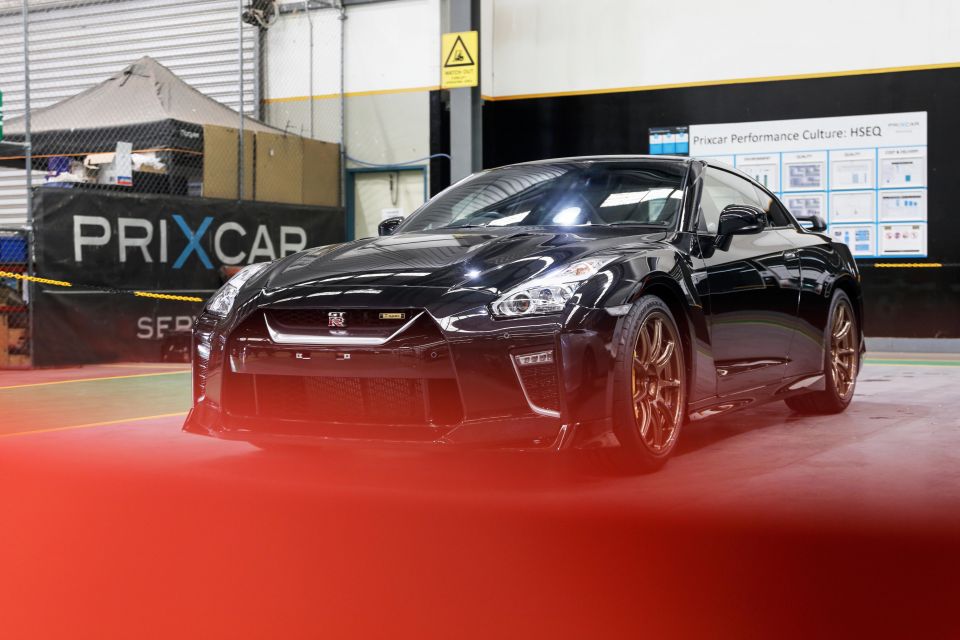

News Editor
There’s one thread that weaves together so many of this year’s discontinuations, and it’s a tougher safety regulation. But that new Australian Design Rule isn’t the only culprit behind the demise of the 21 vehicles on this list.
This year saw the felling of myriad long-running nameplates. That included everything from the humble Mitsubishi Mirage and Hyundai iLoad, through the Chrysler 300 and Lexus IS, and all the way to the Audi R8 and Nissan GT-R.
We lost two brands once again: Alpine and Chrysler. That follows 2020, where we lost Holden and Infiniti. However, the market will be no less crowded, with the likes of Cupra, Ineos and Polestar due here in 2022.
We continue to lose big six-cylinder sedans in this post-Falcon and Commodore world, with the death of the 300 and Toyota Camry V6. And of course, there’s plenty of low-volume European fare that’s exited our cluttered market.
MORE: The cars we lost in 2020
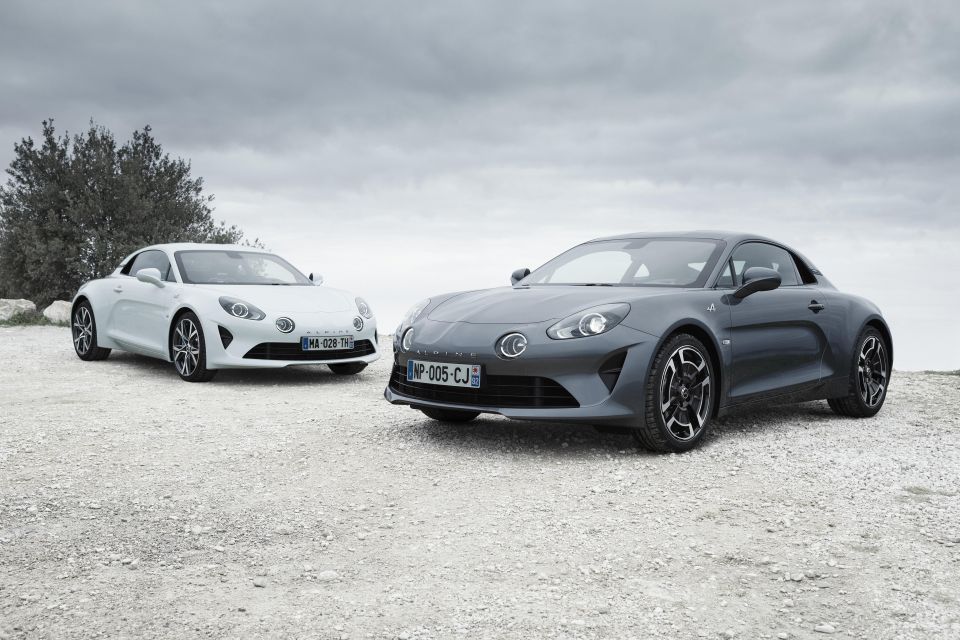
Get used to seeing Australian Design Rule 85/00 in this article, because the new regulation has been responsible for the deaths of multiple vehicles this year as it came into effect for all new vehicles from November 1, 2021. That includes this low-volume French sports car.
“[ADR 85/00] adds further complexity to production for a country that represents approximately 1 per cent of the global market and already has unique design regulations required for the market,” said an Alpine spokesperson in September on the rule, which focuses on side impact collisions with narrow objects like poles and trees.
“In short, it adds expense to cars that must be engineered specifically for the Australian market and rules out a number of models that should be here.
“Alpine will be dropped from the line up as a direct result of the regulation.”
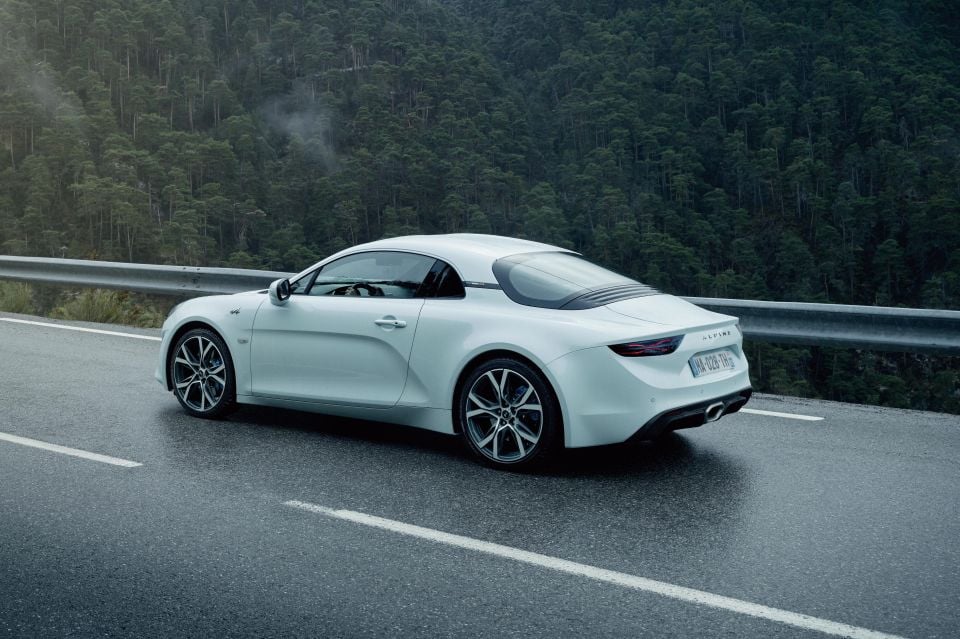
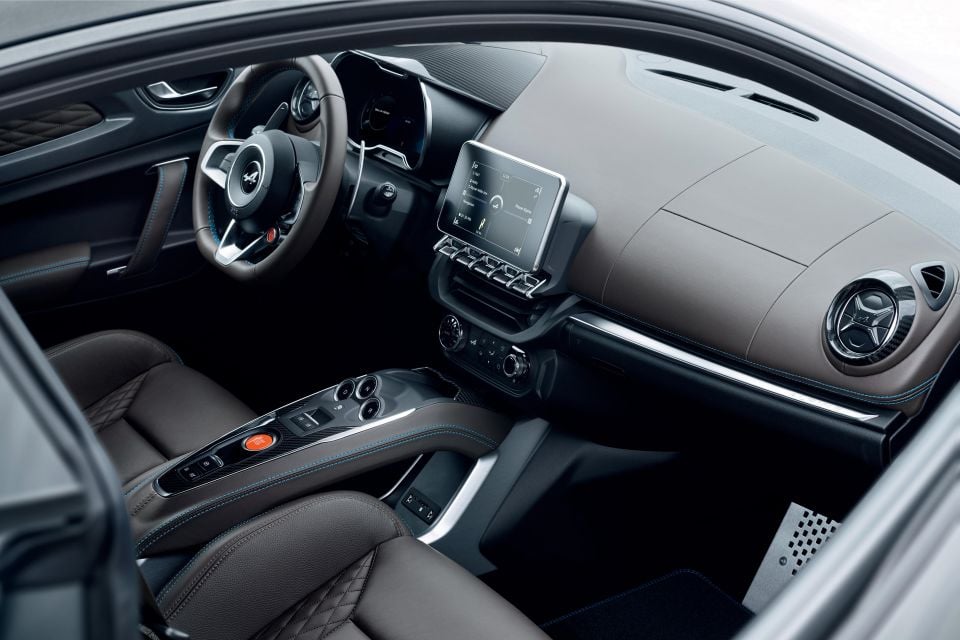
There was likely never any real chance corporate parent Renault would have invested in structural changes solely for Australia. The company has sold just 83 A110s in Australia since its launch, while Porsche has sold more than five times as many of its rival Cayman in that time.
As the A110 is the brand’s only model, Alpine has been retired from Australia. However, the brand has left the door open for a return to Australia. It’s planning a massive expansion of its range, with an A110-replacing electric sports coupe to be joined by a hot hatch version of the upcoming Renault 5 EV, plus a dual-motor all-wheel drive mid-sized SUV.
MORE: Alpine A110 axed after ADR changes MORE: Alpine A110 – the best driver’s car no one has ever driven, and a future collectable MORE: Alpine looking at a global expansion, return to Australia possible – report

Audi has offered a supercar in Australia since 2008, but the R8‘s run came to an end in 2021. However, it lives on overseas.
The R8 sold in Australia featured a uniquely-tuned naturally-aspirated V10 engine, but Audi has ended production of said tune at its Hungarian engine plant. It won’t re-homologate the car with a different engine, leaving Audi Australia without a supercar flagship for now.
If you want a Volkswagen Group supercar, you’ll need to visit a Lamborghini showroom.


Over two generations, Audi has sold 686 R8s in Australia. Though a supercar is never going to be a high-volume model, it exists to show the engineering talent of an automaker and have a halo effect on the brand. In that respect, the R8 has most certainly delivered.
Audi has confirmed the R8 will be replaced by an all-electric model wearing a new name, though we don’t yet know when it’ll appear.
MORE: Audi R8 successor will be electric – report MORE: Audi R8 V10 axed in Australia
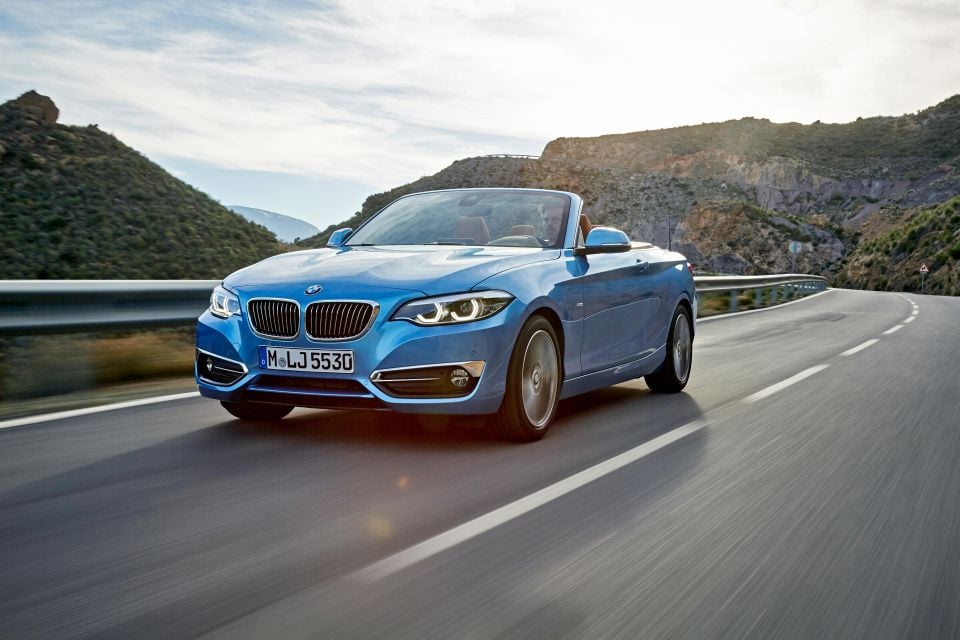
BMW has introduced a new generation of its rear/all-wheel drive two-door 2 Series coupe, but conspicuous in its absence is a convertible counterpart. The 2 Series follows the recently redesigned Audi A3 in dropping its drop-top, and we haven’t heard word of either of the little Germans getting a convertible variant.
That means the cost of entry into a new BMW convertible has increased by over $20,000, with the Z4 now the cheapest drop-top in the Bavarian marque’s model range.
We’ll have to wait and see if a convertible eventuates but considering BMW has been thinning its ranks of lower-volume body styles – e.g. the GT hatchbacks – there’s no certainty.
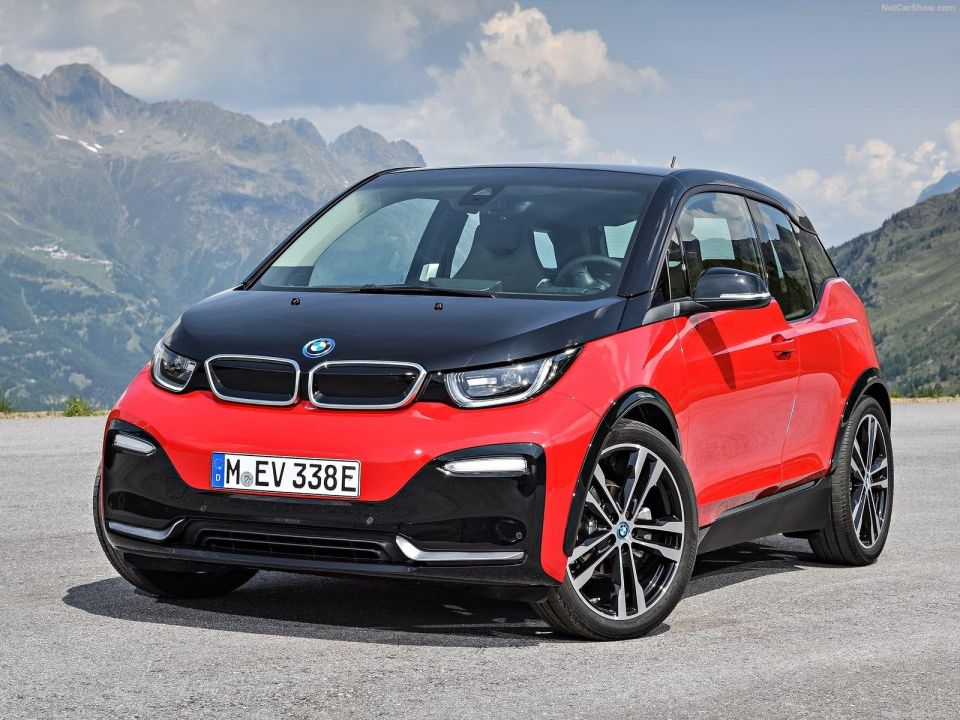
One of the most fascinating electric vehicles has been unplugged in Australia.
The BMW i3 is so dramatically different from the other members of BMW’s EV line-up, with a dedicated platform and a body made of carbon fibre-reinforced plastic.
There are coach doors and wild body lines that make it look like no other BMW, while inside there’s an airy cabin with sustainable materials aplenty. That includes unvarnished wood, recycled door trims, and seats dyed using olive leaf extract. Newer BMW EVs have employed sustainable materials but none are as irrepressibly quirky as the i3.
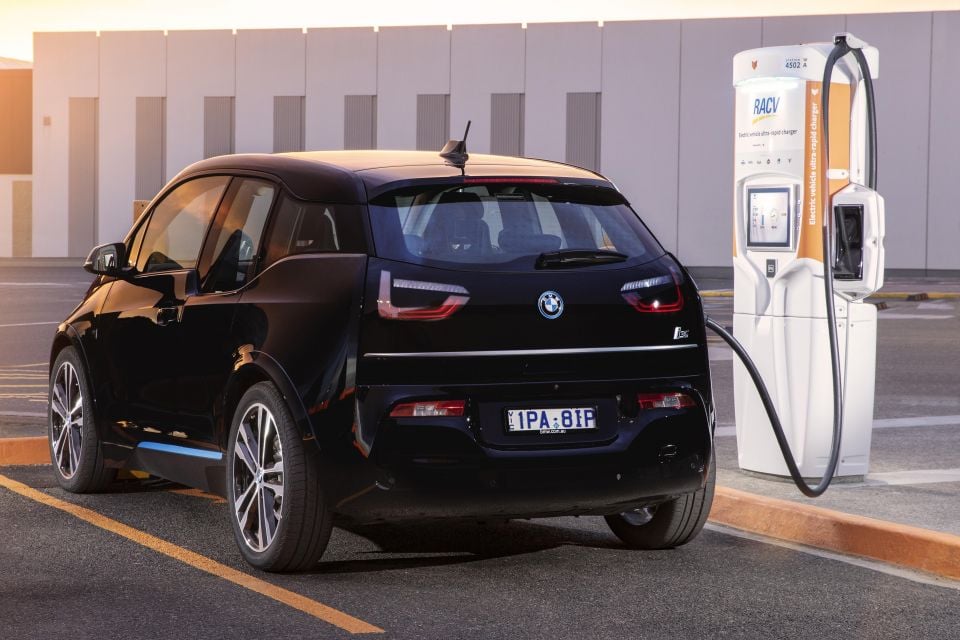

As automakers roll out electric SUVs and pickup trucks, the i3 also harkens back to a time when EVs were predominantly small cars designed for city driving.
For all its charm, though, a Tesla Model 3 is cheaper and offers more range. That would explain why the American EV is the best-selling electric car in Australia, while the i3 has mustered only 633 sales since its local launch in 2014.
MORE: Goodbye to the delightfully quirky BMW i3 MORE: BMW i3 axed as Australian stock dries up
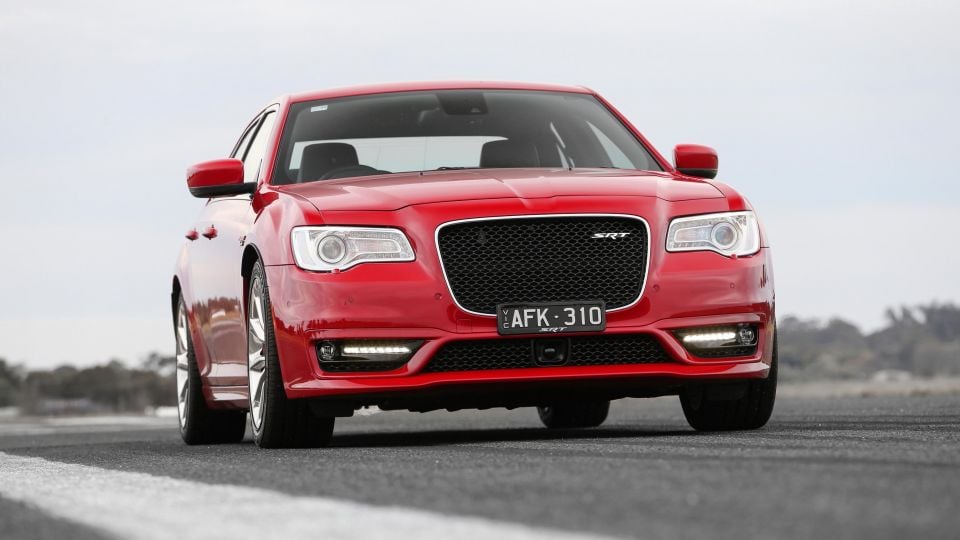
Chrysler’s long-running full-sized sedan was already on borrowed time, with no direct replacement announced and rumours it would exit production in 2023. Stellantis subsidiary FCA Australia announced this year, however, it was discontinuing the 300 and therefore withdrawing the Chrysler brand, 25 years after its relaunch.
The company said the global push to electrification and SUVs led it to consolidate its local line-up, though the 300 is set to be indirectly replaced in the Chrysler range by a large electric crossover previewed by the Airflow concept. With the brand now having been withdrawn in Europe and Australia, the Airflow may just be a North American exclusive.
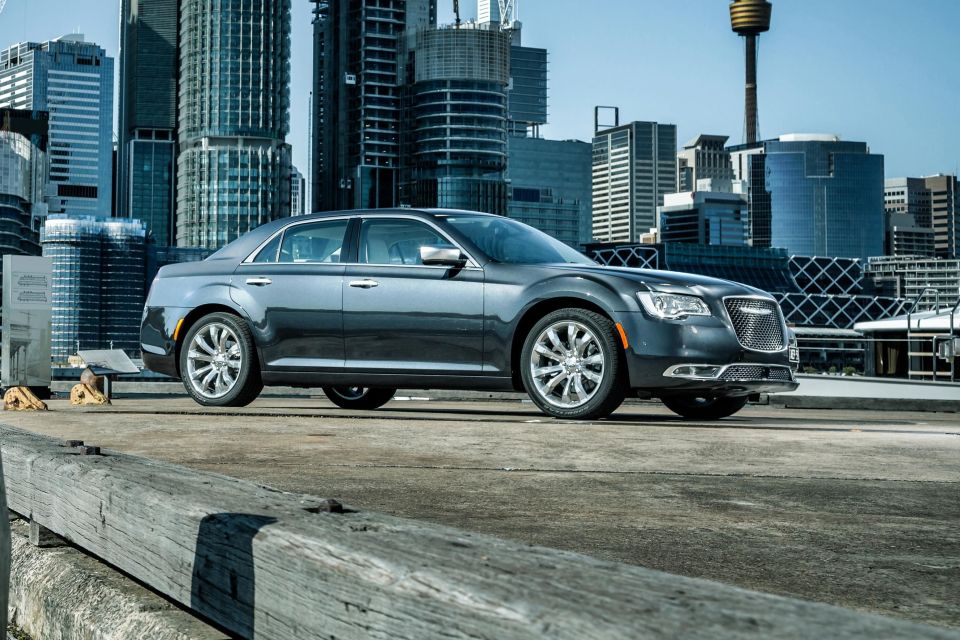
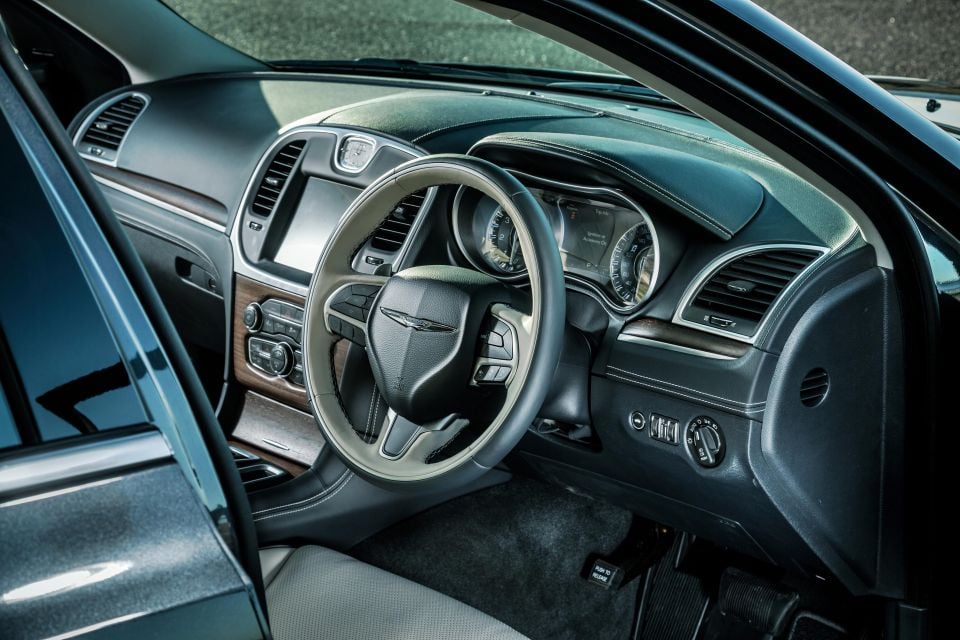
The local Chrysler range had been whittled down to just the 300, available in (recently special order-only) C Luxury guise with a naturally-aspirated 3.6-litre V6 engine with 210kW of power and 340Nm of torque, or the SRT with its atmo 6.4-litre V8 pumping out 350kW and 637Nm.
The latter is a common sighting in New South Wales, where it serves as one of the highway patrol vehicles for the New South Wales Police Force.
The 300 had a good innings, considering the current generation was launched way back in 2012, Australia was the last right-hand drive market left, and the Chrysler ended up outliving its locally-built rivals from Ford and Holden. But though it still offered a sonorous V8, 300 sales were well off their heights. To the end of November 2021, Chrysler sold 162.
Its best year was 2013, with 2508 sold.
MORE: Chrysler brand leaving Australia
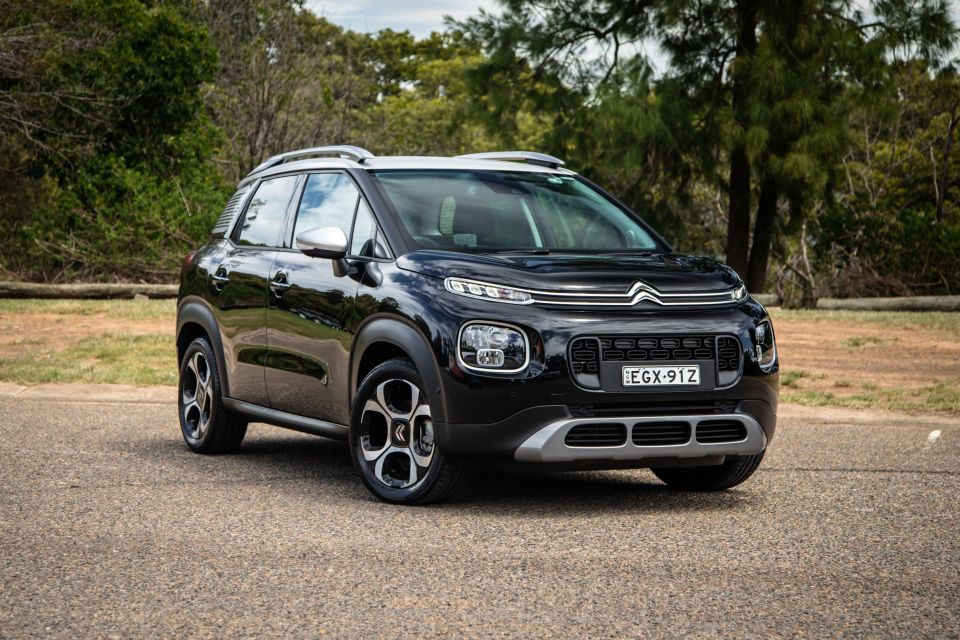
Citroen’s small SUV was officially axed this year, however considering only three were sold in 2021 it almost seemed like the car had been accidentally left on the company website.
The French brand is notoriously low-volume in Australia – it was outsold by Ferrari in 2020 – and its smallest SUV clearly flew under the radar. Citroen’s insistence on only offering one variant, priced against up-spec variants in the Nissan Juke and Volkswagen T-Cross range, didn’t help.
Nor did the lack of any advertising, or Citroen’s limited dealer network. Just 65 were sold in 2020.
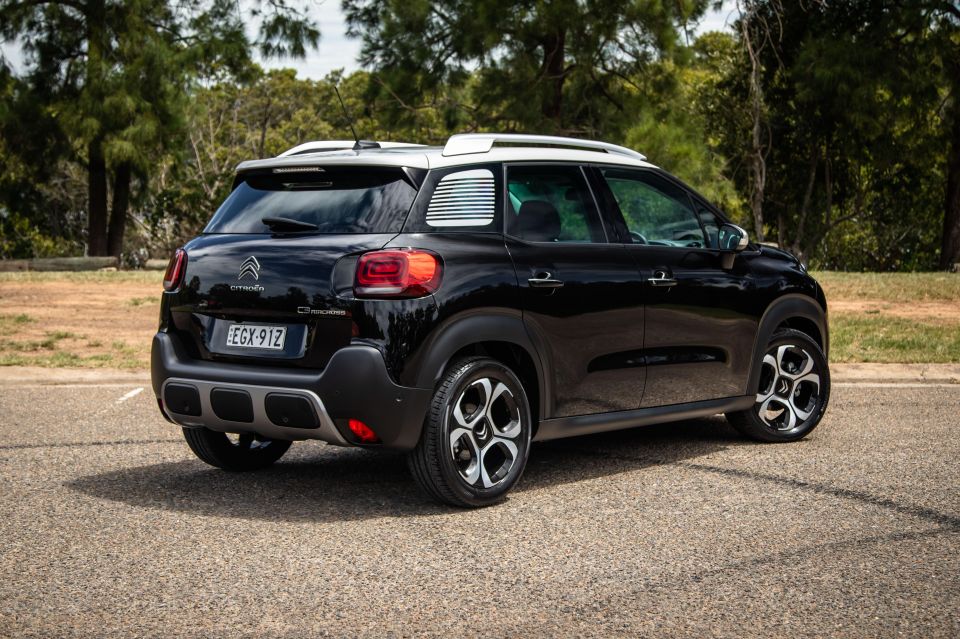

Officially, the company says it’s evaluating the facelifted model, first revealed in February, for an Australian launch. However it seems likely Citroen will lean on the quirky hatchback-cum-crossover C4 to serve this part of the market. At $37,990 before on-road costs, it’s priced $3000 higher than the C3 Aircross.
With the C4 joining the C5 Aircross and C3 and the new C5 X joining the range in 2022, the French brand’s line-up will be its largest since 2015. Let’s see if that translates to better sales.
MORE: Citroen C3 Aircross axed MORE: Citroen C5 X due late 2022, C3 Aircross being evaluated
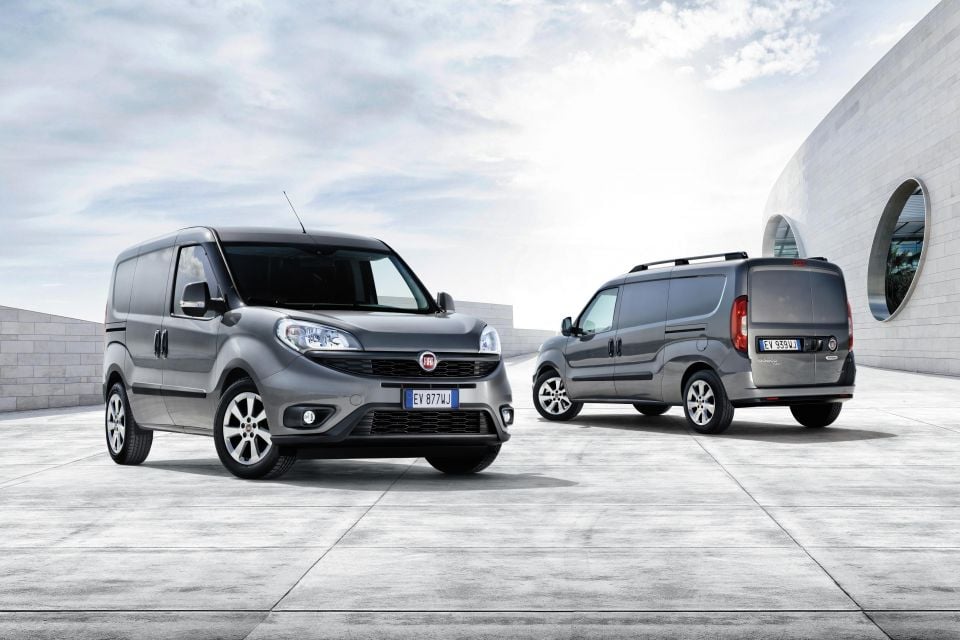
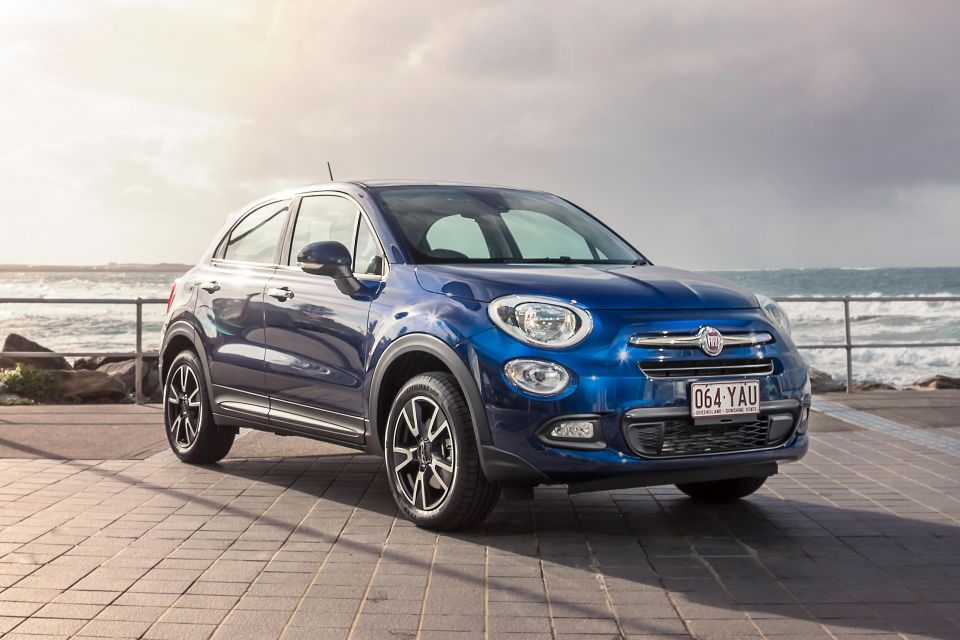
The Fiat brand now sells only two vehicles in Australia, and one is virtually small enough to fit inside the other.
The brand confirmed earlier in 2021 it was axing the Doblo van and 500X small SUV, even as van and SUV sales continue to rise, therefore leaving the marque with only the dated 500 city car and large Ducato van.
Fiat said it was refocusing its line-up towards consumer preferences. Evidently buyers didn’t prefer these two Fiats, both of which proved to be slow sellers.
First introduced in 2015, the 500X had its best year locally in 2017 with 760 sales. That year, it outsold all its mainstream European-brand rivals.

Though sales have held relatively steady in Europe since its introduction, but for an unsurprisingly rough 2020, the 500X has declined markedly here – just 85 were sold last year, which meant it was outsold by every other small SUV that hadn’t been discontinued or that was transitioning to a new model. The Doblo fared even worse, with just 35 sales last year.
Fiat continues to sell these models overseas, while it’s working on a new light SUV that’ll share a platform with upcoming Alfa Romeo and Jeep models. We’ll just have to wait and see if the Spartan Fiat line-up in Australia gets some additional product.
MORE: Fiat 500X, Doblo axed
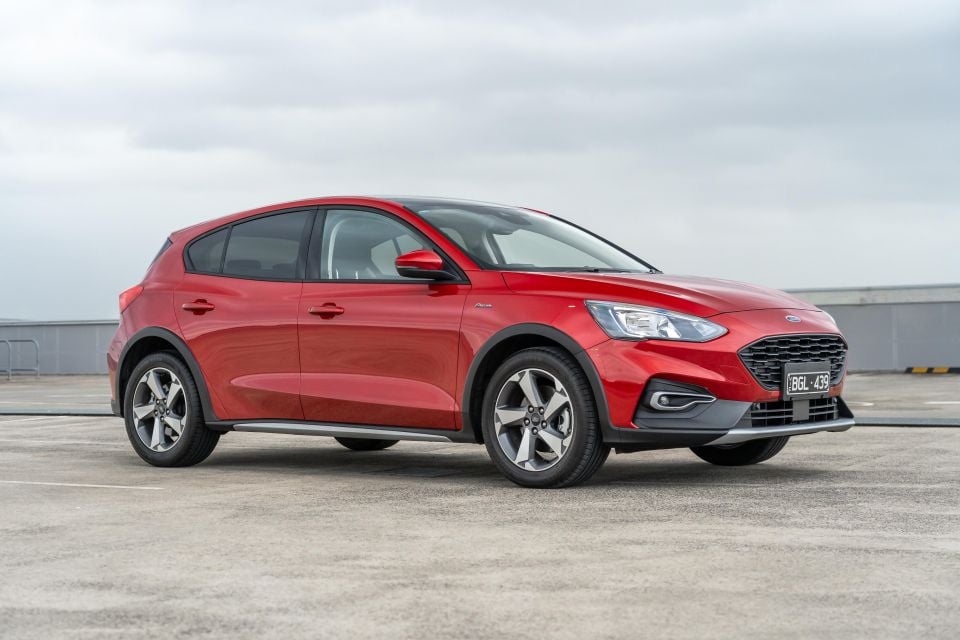
When Ford Australia introduced the current, fourth-generation Focus in 2019, it briefly offered an entry-level Ambiente variant that was removed from price lists after only a month.
Little did we know at the time this would be the first of many removed models from the local line-up, culminating in a 2022 range comprised solely of sporty ST and ST X models.
Like the Fiesta before it, the Focus has lost its mainstream variants. Ford removed the Trend and Titanium hatchbacks and ST-Line wagon for model year 2021, though it added extra equipment to the surviving ST-Line and Active hatches.
The company then dropped some key active safety technology from the flagship ST, before revealing an ST-3 model above it that brought this back. Finally, in October 2021 it announced the ST-Line and Active hatches were dead for 2022. It’s been a rollercoaster few years for Ford’s small car line.

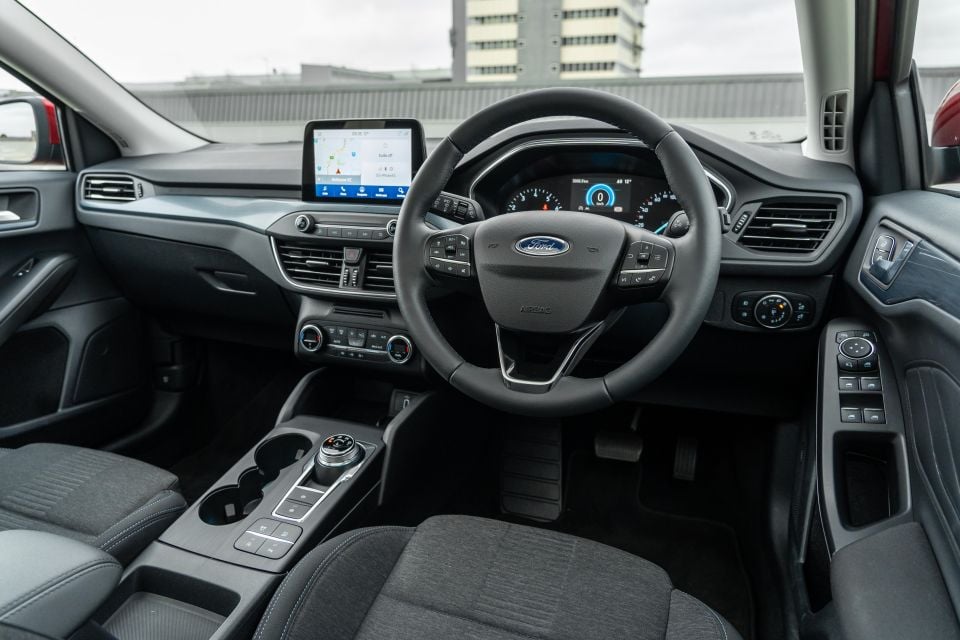
Ford Australia pointed to the fact small cars accounted for just 12 per cent of sales in Australia last year, compared to 20 per cent in 2014, as the reason for its decision. But the Focus has become a particularly prominent under-achiever in the small car segment. Ford sold 3682 examples in 2019, 1878 examples in 2020, and has moved just 694 to the end of November 2021.
No generation has ever managed to reach the lofty heights of the Mazda 3 and Toyota Corolla, but now the Focus is being outsold by the likes of the Subaru Impreza and Skoda Scala. It’s a far cry from past years like 2006, where it was the fourth best-selling car in its segment.
We’ve called it one of the best cars nobody’s buying, yet another product the brand somehow can’t sell even in a (still) high-volume segment (see also: the Escape).
Perhaps it’s bad memories of the defunct Powershift transmission or a lack of advertising that’s responsible for the car’s slow sales, but it’s sad to see a genuinely good small car overlooked.
MORE: Ford Focus: Non-ST range culled in Australia MORE: 2022 Ford Focus ST confirmed for Australia MORE: 2022 Ford Focus revealed, not for Australia
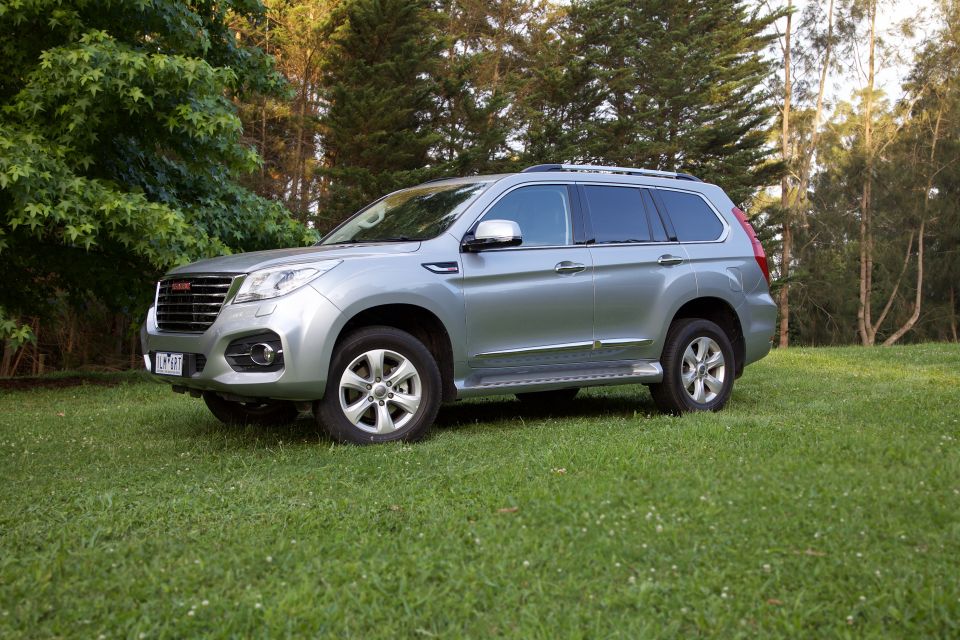
GWM Haval Australia has officially announced the local introduction of Tank-brand SUVs. That would also help explain why the Haval H9 has missed out on its last two Chinese-market facelifts, and why it’s been quietly withdrawn from the local line-up.
The body-on-frame H9, a cut-price rival to the Toyota LandCruiser Prado, was hamstrung by the lack of a diesel engine. Instead, it has been offered exclusively with a 2.0-litre turbo-petrol four-cylinder since its 2016 launch.
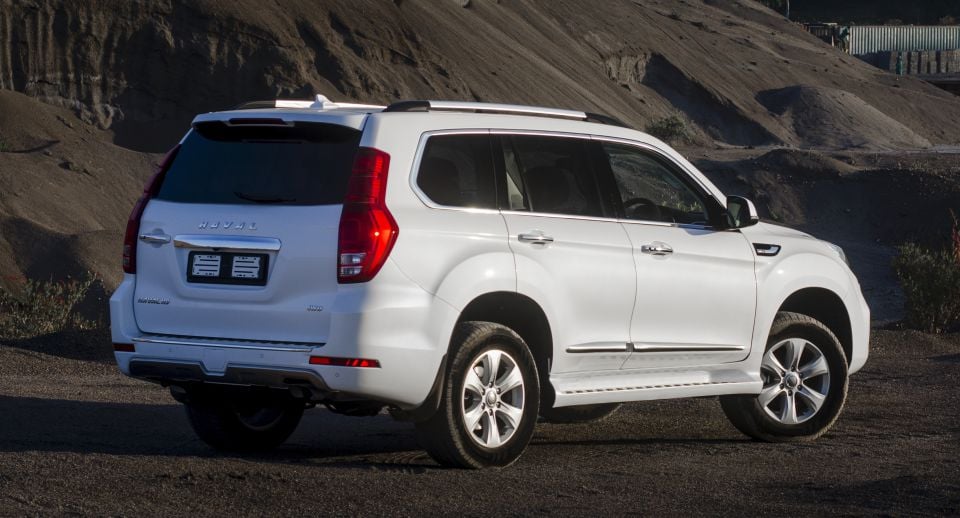
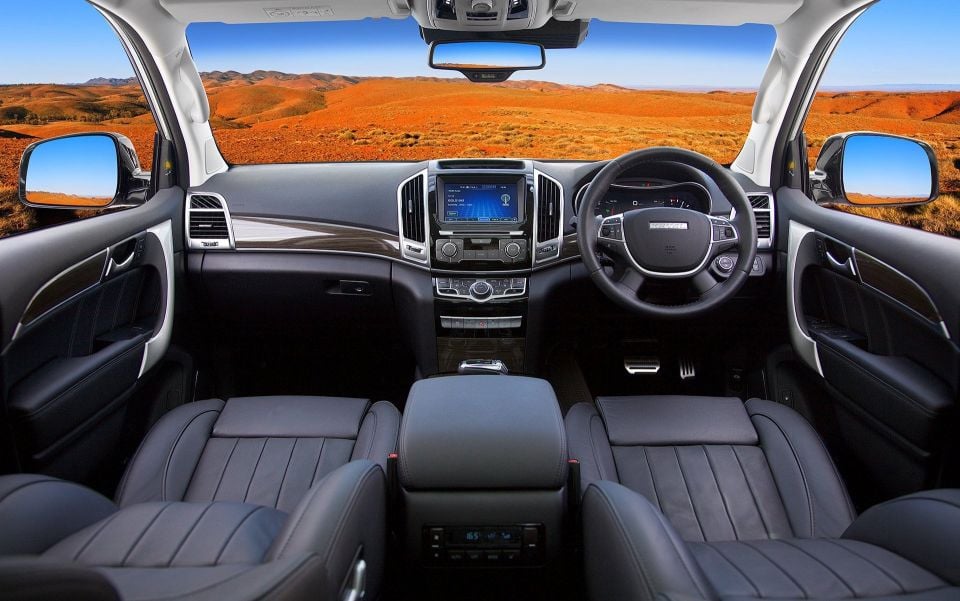
That means it’s outsold by other budget challengers like the SsangYong Rexton and LDV D90, though its sales have risen every year since its launch. To the end of November, it’s sitting at 517 sales for 2021.
Haval now sells only two SUVs in Australia, the much newer and fresher H6 and Jolion, however we expect more Great Wall Motor SUVs in 2022.
MORE: Haval H9 discontinued, replacement yet to be confirmed

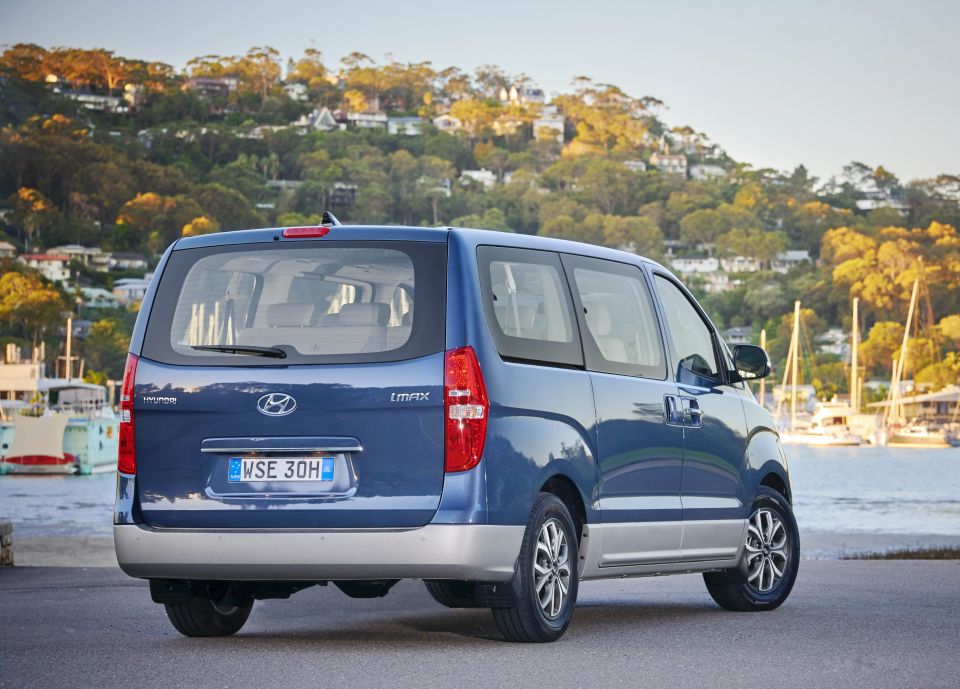
Hyundai’s venerable cargo van and people mover duo were axed this year, replaced by the spaceship-like Staria and Staria Load.
What a radical change these models proved to be, not only in styling but also inside and under the skin. There’s a new turbo-diesel four-cylinder engine plus, in the Staria, the option of all-wheel drive and a petrol V6 (though not both together). Then there’s the actual availability of active safety technology, as well as thoroughly up-to-date infotainment.
The iLoad and iMax did some heavy lifting for Hyundai over the years, with the former consistently one of the best-selling vehicles in its segment.
A 2018 facelift kept them looking fresh, though its four-star ANCAP rating dated all the way back to 2011. While we respect their abilities, we’re happy to see them gone and replaced with safer vehicles.
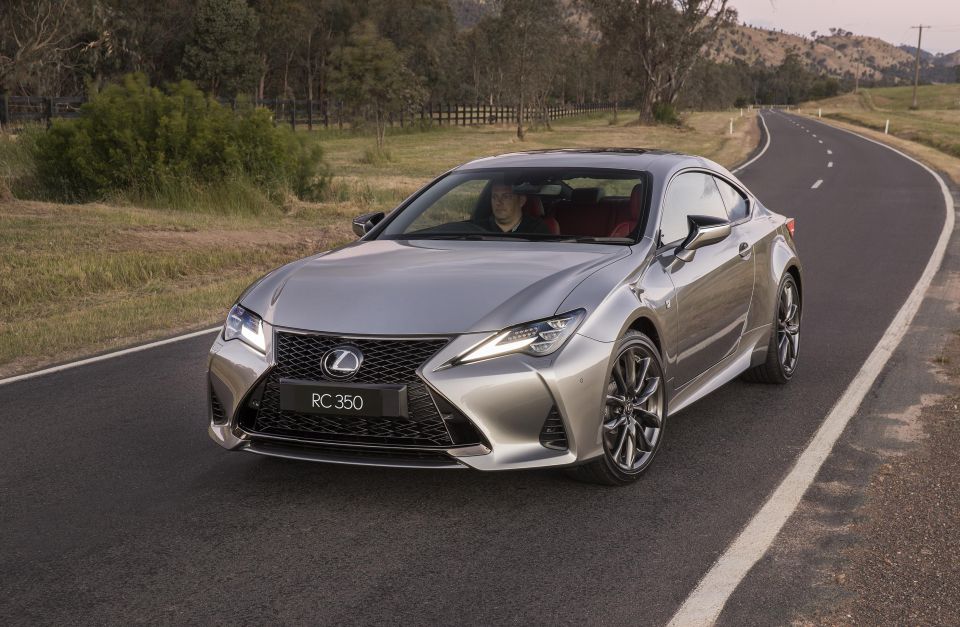
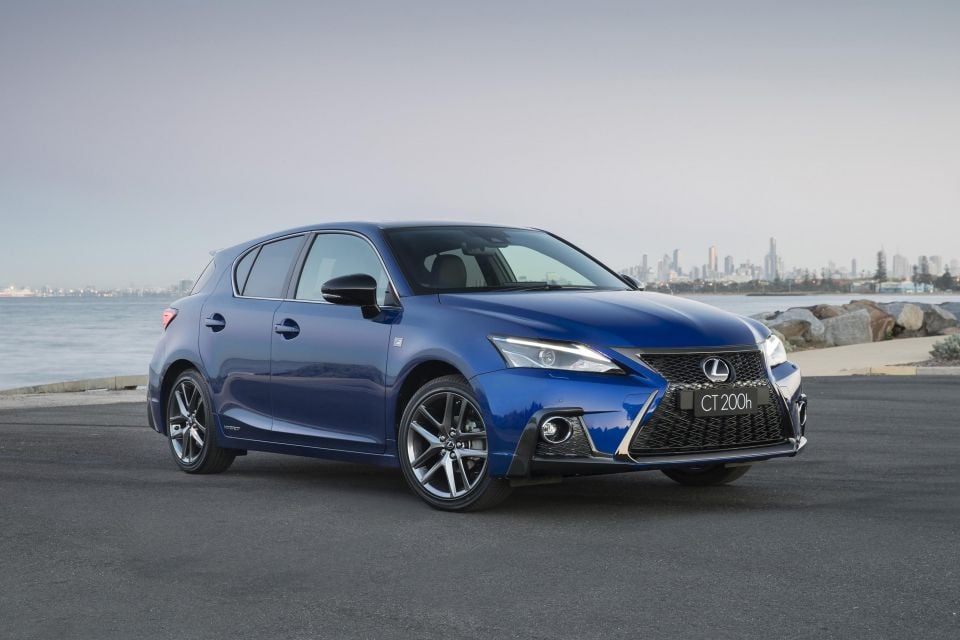
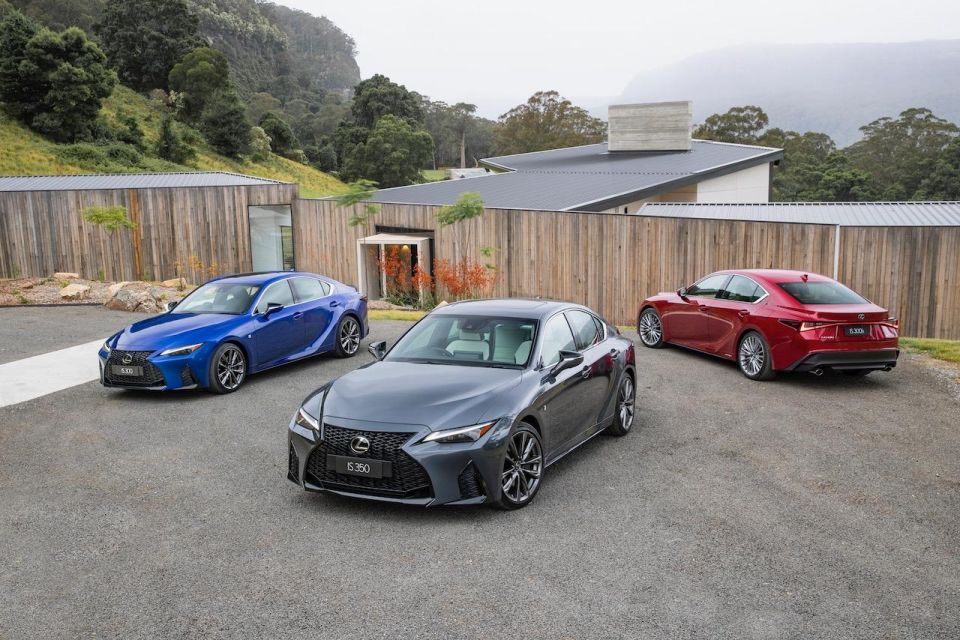
It was a real Lexodus, with Lexus announcing in July it was axing three models from its local line-up. One wasn’t a surprise – the dated 2011-vintage CT – but the others were.
The IS was Lexus’ best-selling passenger car, which had been sold here for four generations. The related RC was Lexus’ most affordable coupe, and the only Lexus to offer a hot F model since the demise of the GS in 2020.
Perhaps even more surprising was the reason these models were axed: the introduction of ADR 85/00. We knew the fourth-generation IS was more a reskin than a redesign, but it was surprising to see Lexus hadn’t planned accordingly for this tougher standard.
All up, the “redesigned” IS was on sale for only 12 months.
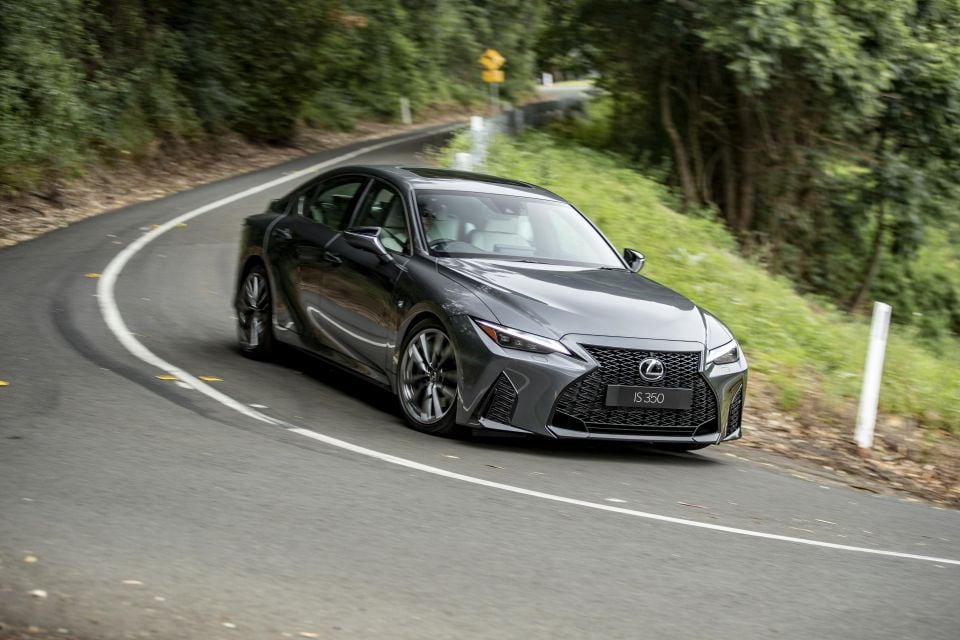

All three models were axed from the date of the new standard’s implementation, and this leaves Lexus Australia without an F model and with only the front-wheel drive ES as their sub-$100,000 sedan offering. They live on in other markets including, surprisingly, the CT.
We could take or leave the CT, still based on a previous-generation Corolla. But the death of the IS, the fourth best-selling vehicle in its segment, and the RC F were harder pills to swallow.
The IS update might have had a largely carryover interior and mechanicals, but its new styling was fresh and eye-catching, while the RC F was the last Lexus in Australia with the lovely naturally-aspirated 5.0-litre V8.
MORE: Lexus IS sedan, RC coupe, CT hatch axed from November 2021
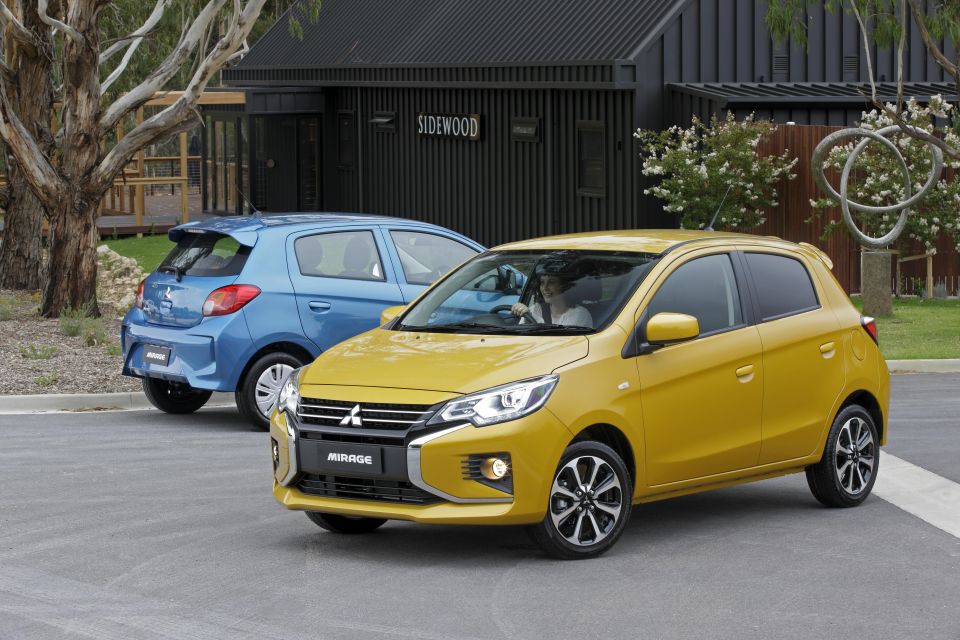
Mitsubishi’s last remaining passenger car in Australia has been discontinued, though it may take into next year to clear remaining stock.
It’s the most affordable casualty of ADR 85/00, with Mitsubishi opting not to invest in structural enhancements to make the car compliant as it has done with the considerably better-selling (and even older) ASX.
Introduced in Australia in 2013, the Mirage was Mitsubishi’s micro car entry, in contrast with the 1996-2003 Mirage which was a cut-down Lancer competing in the light car class.
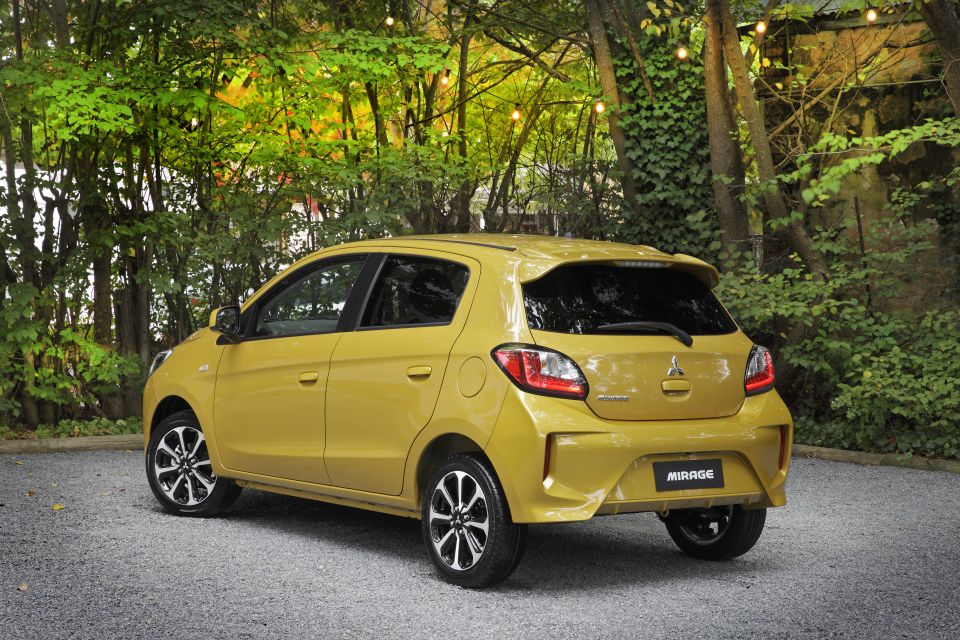
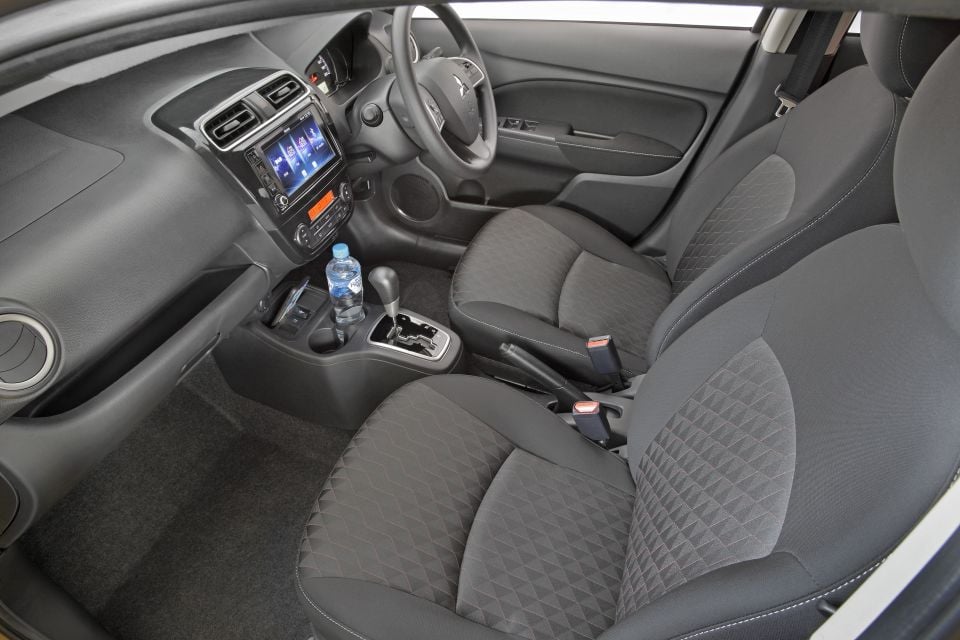
While the Mirage nameplate has once again been retired, Mitsubishi Australia says it isn’t giving up on passenger cars. However, there’s no immediate sign of fresh product, though the brand is set to introduce two Renault-based models in Europe in 2023, one of which could be a hatchback.
To the end of November 2021, Mitsubishi has sold 1732 Mirages, up 202.8 per cent and even beating the Kia Picanto for the month of November.
But Mirage sales are well down on their heights – Mitsubishi sold 9549 in 2013, but then the entire micro car segment shrunk by 78 per cent between 2013 and 2020.
MORE: Mitsubishi Mirage: Last passenger model dead when stock dries up – UPDATE
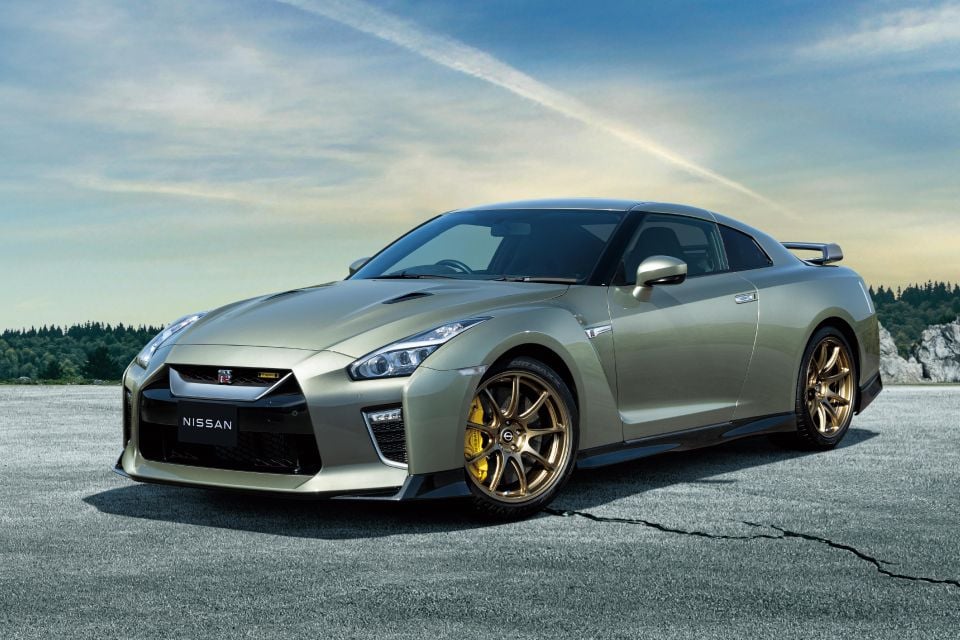
Godzilla was slain not by Mothra, but by ADR 85/00.
While we continue to wait for a next-generation GT-R, the current car – first launched locally in 2009 – has been retired from the Australian market due to the tougher side-impact regulation.
Instead of having it skulk off like so many discontinued vehicles, Nissan fortunately saw fit to commemorate the end of its long-running halo car with a couple of special editions: the GT-R T-Spec and GT-R Nismo SV. They’re part of a run of just 50 model year 2022 vehicles imported from Japan.

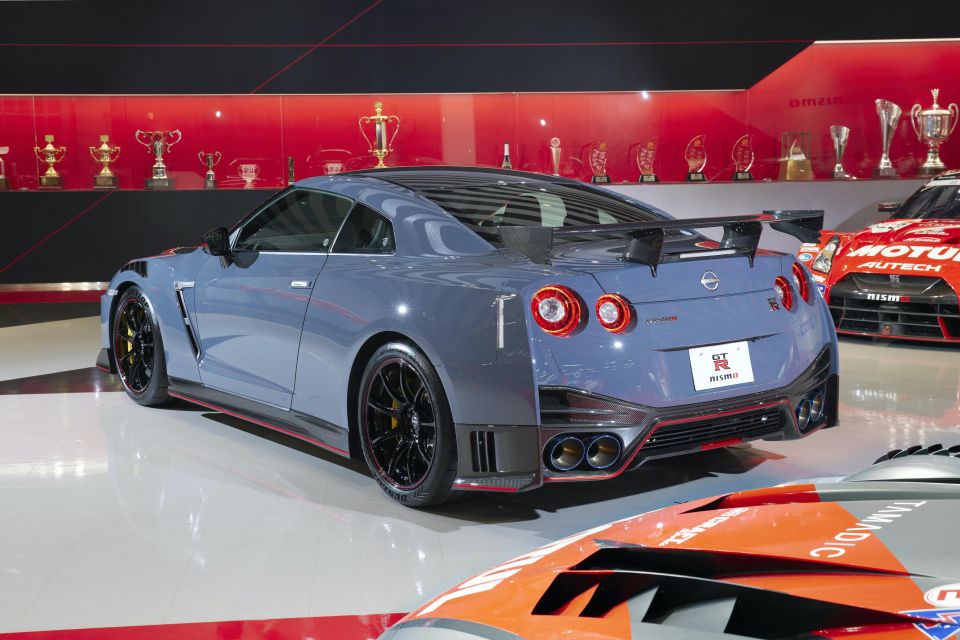
The former bridges the gap between ‘regular’ GT-R and GT-R Nismo models, with carbon-ceramic brakes, lashings of carbon fibre, gold forged 20-inch alloy wheels and a rich green interior.
The latter builds on the GT-R Nismo with a clear-coated carbon fibre bonnet and forged aluminium 20-inch wheels.
All up, 982 GT-Rs have been sold here since its launch over a decade ago. Its demise leaves the Z-Car (currently the 370Z, soon to be replaced by the Z) and the Leaf as Nissan’s only passenger cars Down Under.
MORE: Nissan GT-R: Godzilla’s reign ending in Australia MORE: 2022 Nissan GT-R T-Spec: Australia’s final R35 touches down MORE: 2022 Nissan GT-R price and specs

Renault’s tweener SUV sat between the Captur and Koleos in the local range, and was set to be replaced this year by the Arkana. However, Renault ended up selling all its stock in 2020, which meant the Kadjar was discontinued after just over 12 months on sale.
Renault sold 132 examples in 2019, with its first full year on sale netting 500 sales. That put it below the likes of the Jeep Compass (771 sales in 2020) and Suzuki S-Cross (523 sales), though it outsold the Fiat 500X (85 sales). The related Nissan Qashqai, in contrast, registered 7057 sales.
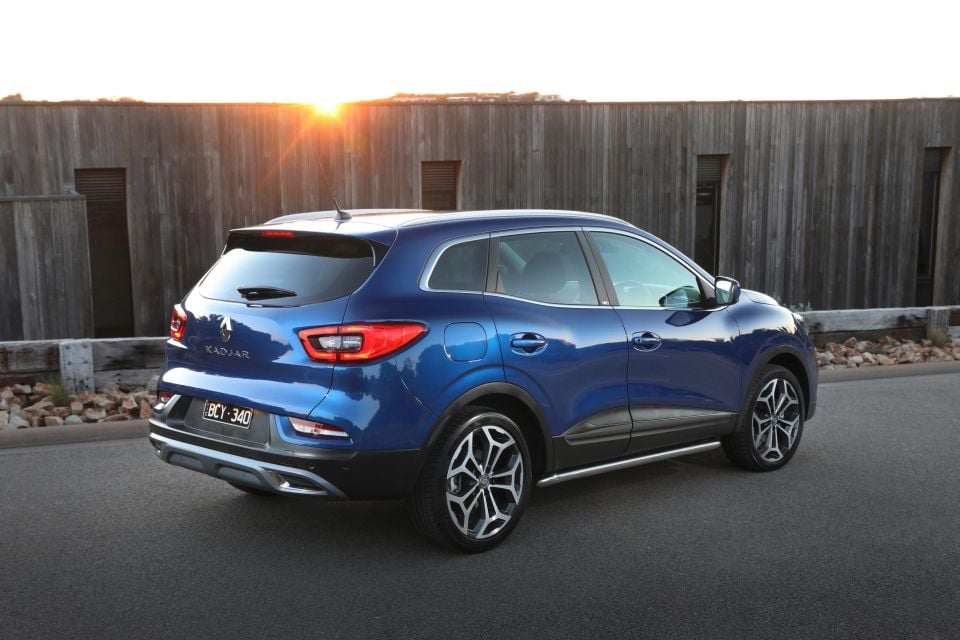
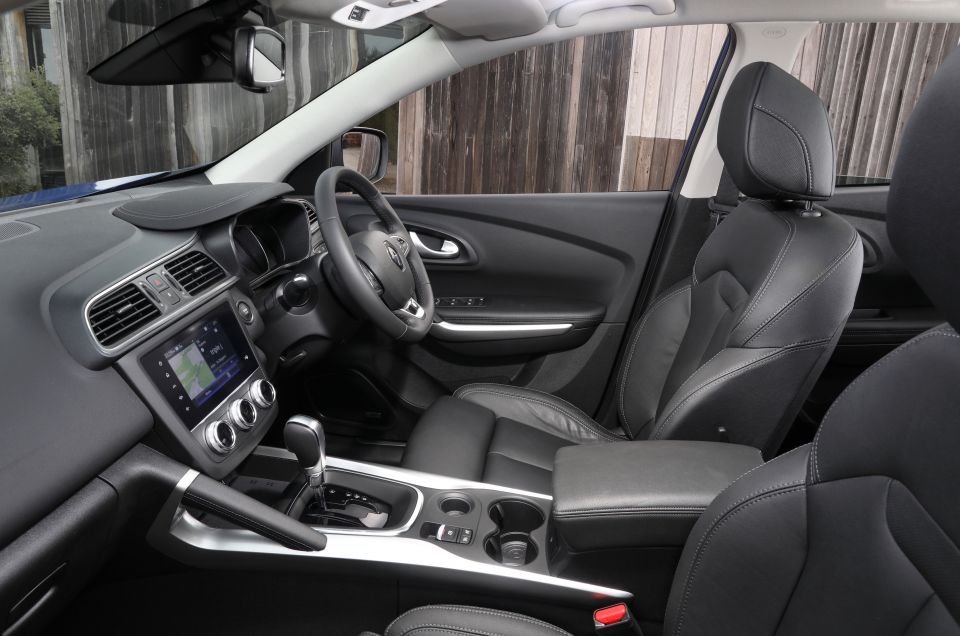
In Europe, where the Koleos is no longer sold, the Kadjar is positioned more as the brand’s mid-sized offering and has been considerably more successful than it was here. It’s about to be replaced by a new model called the Austral, which will share the CMF-C platform of the redesigned Qashqai.
It hasn’t been confirmed to come here, and the Arkana is instead filling this part of Renault’s line-up.
Like the Kadjar, it uses a turbocharged 1.3-litre four-cylinder engine but eschews the Kadjar’s more conventional (if still sleek) SUV silhouette for a coupe SUV body style à la the more expensive BMW X4.
MORE: 2021 Renault Kadjar discontinued early
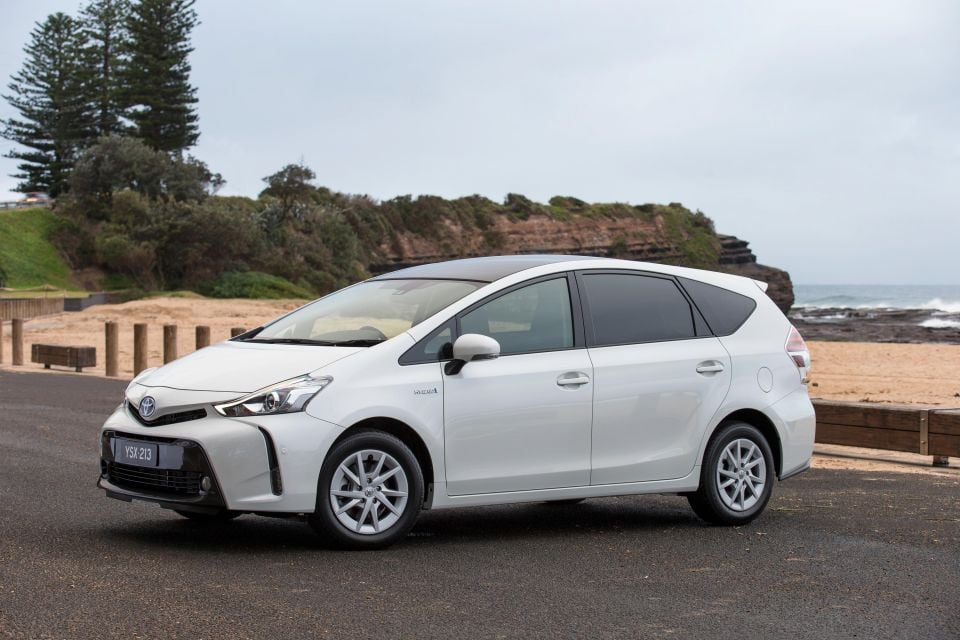
Following the discontinuation of the Prius C light hatch in 2020, the Prius V people mover was axed in August 2021.
That leaves just the original Prius which Toyota Australia says it’s committing to, even though sales are slow and the company continues to roll out vastly more popular hybrid versions of existing lines like the Yaris Cross and Kluger.
Toyota blamed dwindling demand for small wagons in axing the Prius V. Its age likely didn’t help – it was launched in 2013 – while the hot-selling RAV4 Hybrid across the showroom floor took all the oxygen out of the room. In 2020, Toyota sold just 272 Prius Vs against 38,537 RAV4s, the majority of which were hybrids.
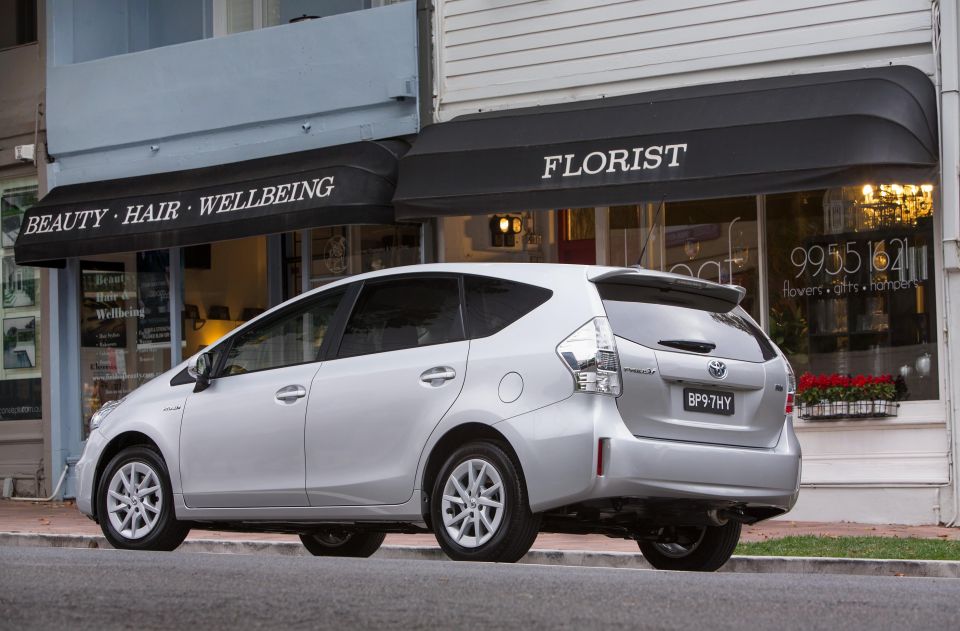
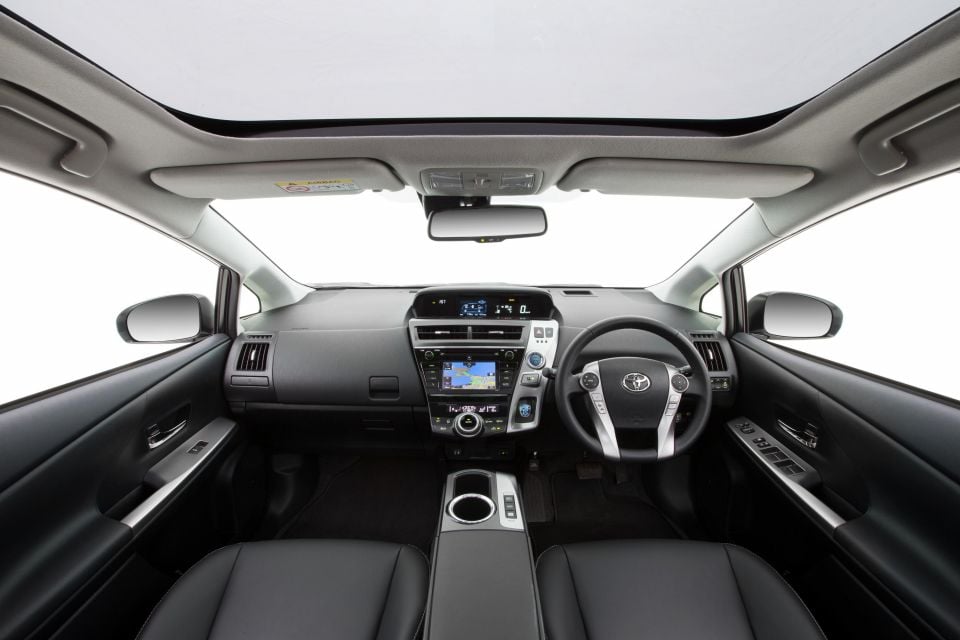
Its most successful year was 2014, where Toyota sold 943 examples. Afterwards, sales began a gradual decline, though it regularly outsold the Prius hatch if not the more affordable Prius C.
The Prius V did offer something over the RAV4 with its third row of seating. Toyota has recently launched a hybrid Kluger at long last (we missed out on the last two generations) but the cost of entry into a three-row Toyota hybrid has climbed considerably.
The Kluger hybrid’s base price is $54,150, or around $20,000 more than that of the discontinued Prius V.
MORE: Toyota Prius V being axed
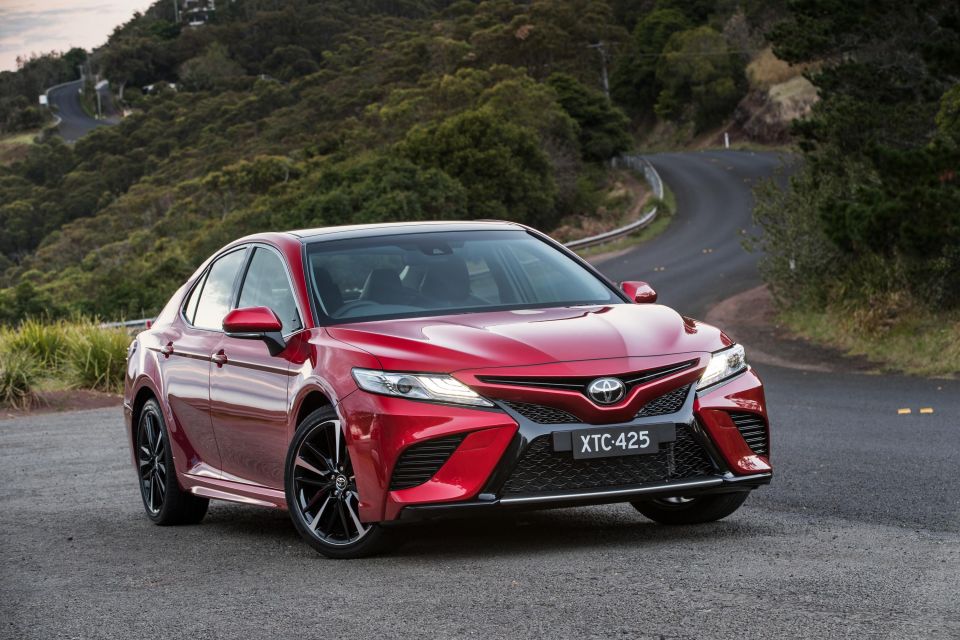
While the mid-sized Camry lives on and continues to dominate the admittedly dwindling mid-sized car segment, the V6 is no more.
As part of a mid-life update, which also included higher prices and a more powerful base engine, the sporty SX V6 and luxurious SL V6 were axed. You can still buy a V6 Camry in markets like North America, but if you want a petrol V6 here you’ll need to step up (literally) to the Kluger.
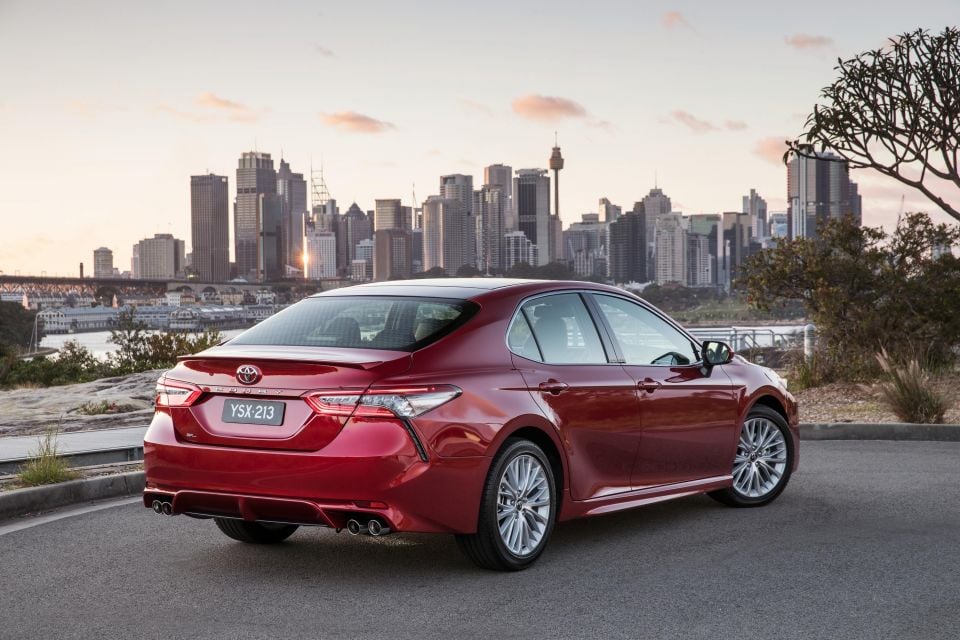
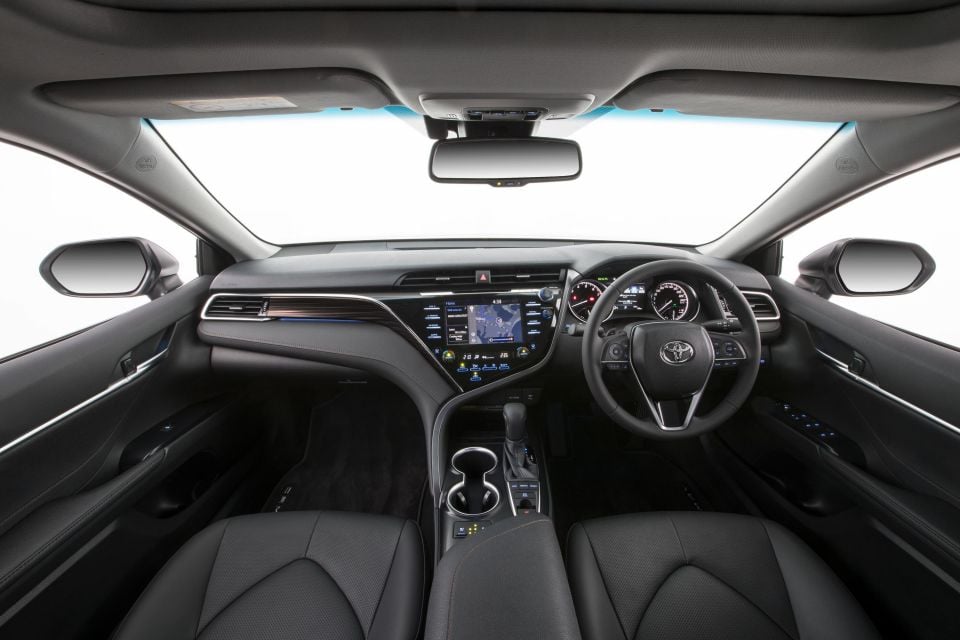
The demise of the punchy 225kW/362Nm 3.5-litre V6 spells the end of a long line of V6 mid-sized sedans from Toyota in Australia. This started with the imported, top-spec Camry V6 in 1988. Toyota then built the V6 Camry locally with the redesigned XV10-series of 1993 and the XV20 of 1997, sold under both the Camry and Vienta nameplates.
The arrival of the unpopular Avalon in 2000 saw the Vienta disappear, while the Avalon’s axing led Toyota to consolidate its V6 offerings in 2006 under the Aurion nameplate. This was inexplicably classified by VFACTS as a large car despite being essentially identical to the related four-cylinder Camry.
With the end of local production, the V6 Camry was once again known as the Camry, but the compelling fuel economy figures of the hybrid saw sales skew markedly to that powertrain – from January to June 2021, only around 20 per cent of Camry sales were of non-hybrid models.
MORE: 2021 Toyota Camry price and specs
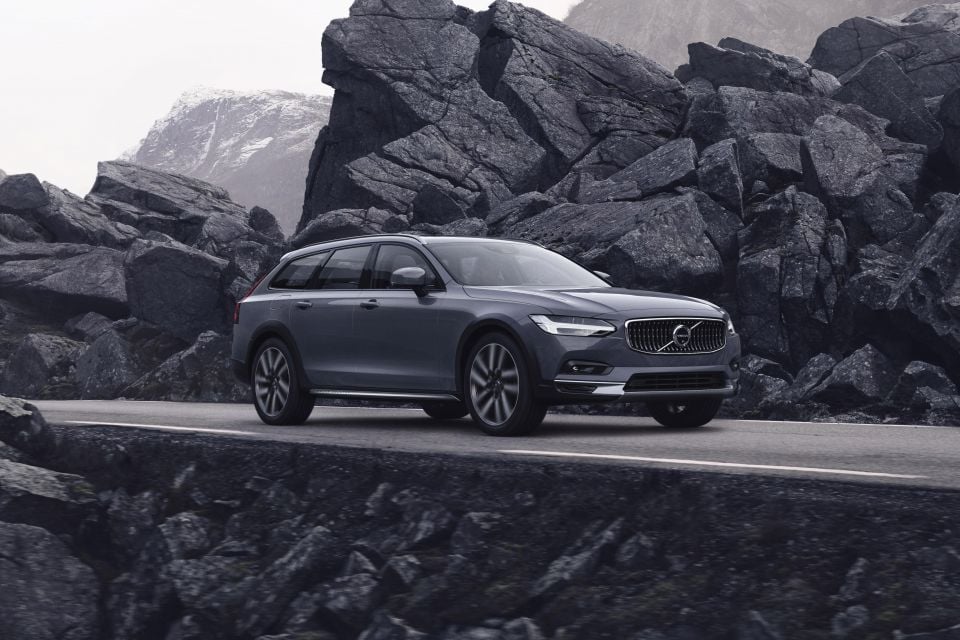
Volvo has a long and rich history of producing wagons, so it was with sadness we reported the Chinese-owned Swedish brand was discontinuing its flagship wagon.
The V90 Cross Country replaced the long-running XC70 in 2017 and managed to outlive its S90 sedan sibling in Australia, but it was always a niche player here. Volvo had teased the prospect of bringing the regular V90 here but in the end only offered the higher-riding Cross Country.
Alas, most buyers preferred the XC90 – admittedly a good car in its own right, and also offering a third row of seating – so Volvo ended the Cross Country’s local journey.
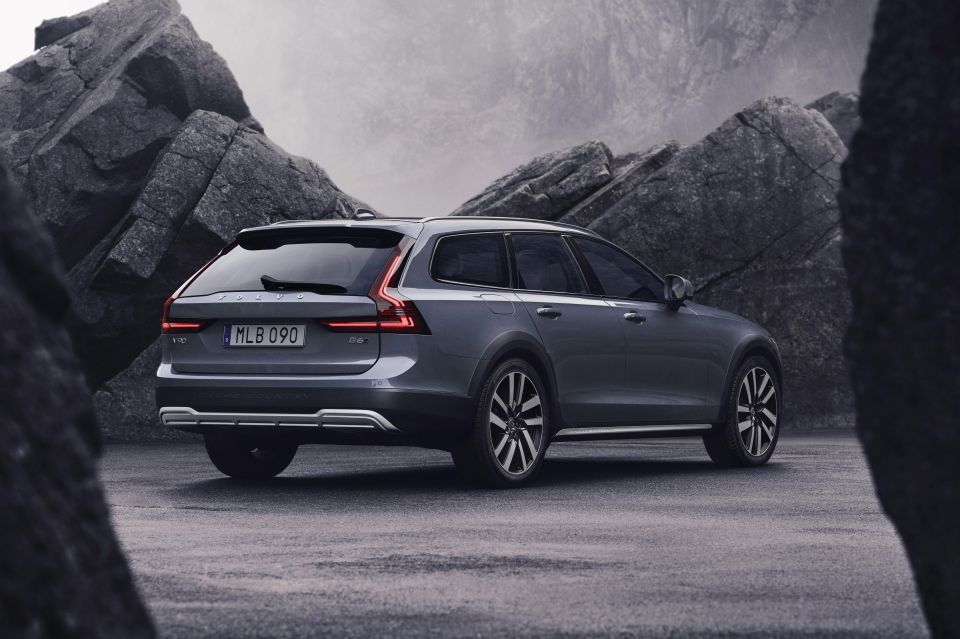
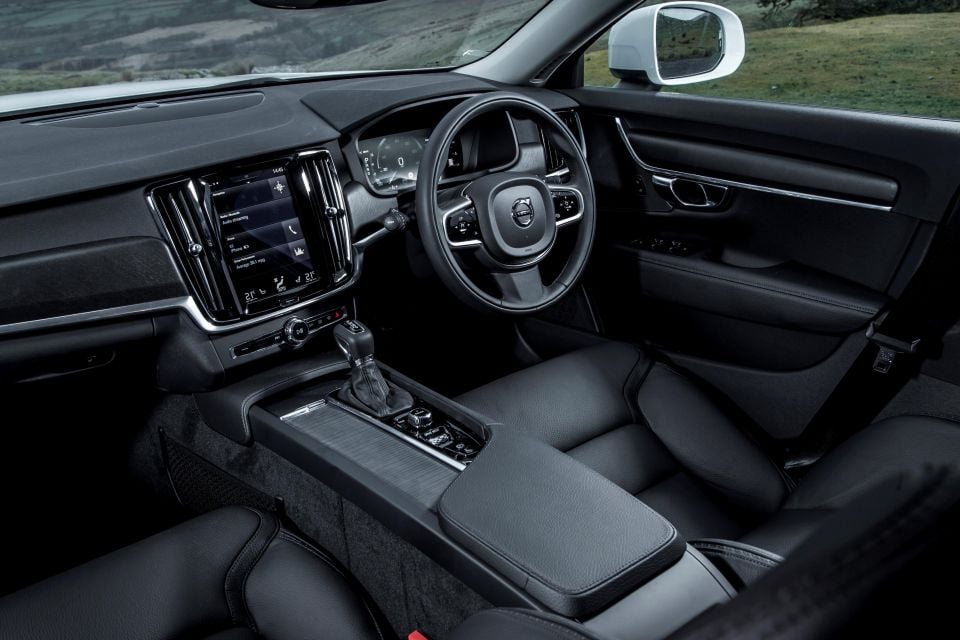
To give you an idea of the disparity in popularity, Volvo sold 97 in 2020 and 942 XC90s. Wagons simply aren’t popular, with BMW, Jaguar and Mercedes-Benz all discontinuing their rival wagons in Australia over the past couple of years.
The V90 Cross Country has been indirectly replaced by the smaller V60 Cross Country, which in turn replaced the regular V60 wagon.
MORE: 2021 Volvo V90 Cross Country axed
Which discontinued model will you miss the most, and which are you happy to see shown the door?
William Stopford is an automotive journalist with a passion for mainstream cars, automotive history and overseas auto markets.


CarExpert.com.au
56 Minutes Ago


Ben Zachariah
3 Hours Ago


Max Davies
3 Hours Ago


Derek Fung
4 Hours Ago


Derek Fung
4 Hours Ago
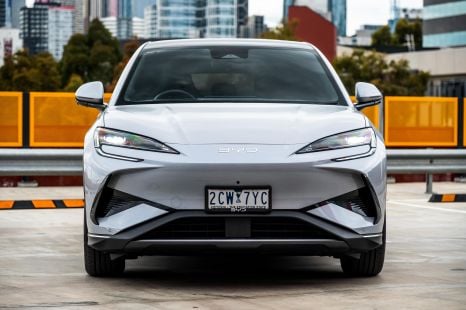

James Wong
11 Hours Ago